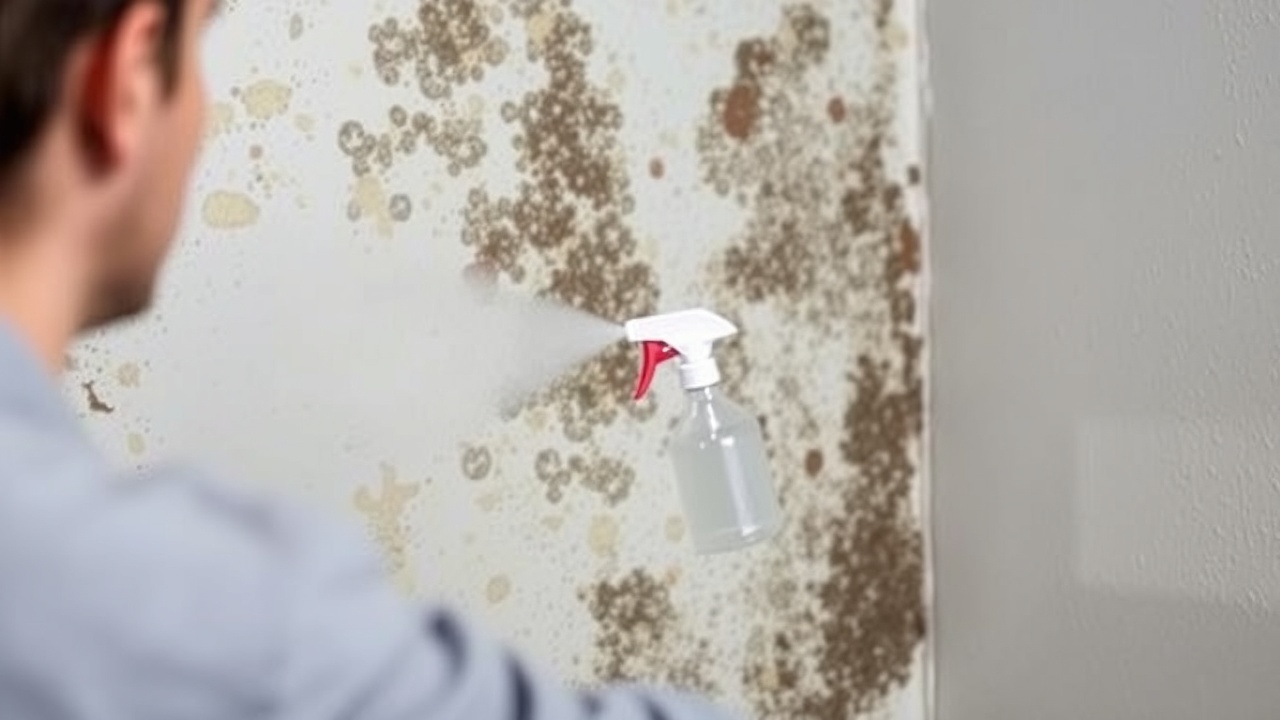Best Homemade Mold Killers
Mold growth can be a significant problem in homes, leading to health issues such as respiratory illnesses and allergic reactions. Understanding chemical free mold treatments can help you effectively get rid of mold while ensuring the safety of your family. This article outlines non-toxic ways to clean mold, focusing on effective methods that do not use harsh chemicals.
Understanding Mold and Its Risks
Mold is a type of fungus that thrives in damp environments. It can grow on various surfaces, including porous materials like drywall and ceiling tiles, contributing to poor indoor air quality. Mold spores can become airborne, causing allergic reactions in sensitive individuals. Therefore, removing mold promptly is essential to prevent health risks.
Why Choose Chemical Free Mold Treatments?
Many traditional mold removal methods involve the use of harsh chemicals like bleach and ammonia, which can irritate the skin and respiratory system. Chemical free mold treatments offer a safer alternative, ensuring that you can kill mold and prevent mold spores without exposing your family to harmful substances.
Effective Chemical Free Mold Treatments
1. White Vinegar
White vinegar is a natural disinfectant and anti-mold agent. To use it, fill a spray bottle with undiluted white vinegar and spray it directly onto the moldy area. Allow it to sit for at least an hour before scrubbing the surface with a damp cloth. This method is effective against various mold species.
2. Baking Soda
Baking soda is another excellent option for cleaning mold. Mix baking soda with water to create a paste and apply it to the moldy surface. After letting it dry, scrub the area with a damp cloth. This not only removes mold but also helps prevent future growth by preventing mold spores from thriving.
3. Hydrogen Peroxide
Hydrogen peroxide is a powerful non-toxic mold remover. Use a 3% solution and spray it on the affected area. Allow it to sit for about 10 minutes before scrubbing and wiping the surface clean. This method is particularly effective on non-porous surfaces.
4. Tea Tree Oil
Tea tree oil is a natural fungicide. To use it, mix one teaspoon of tea tree oil with one cup of water in a spray bottle. Spray the mixture on the moldy area and do not rinse. The scent will dissipate, leaving you with a clean and mold-free surface.
Preventing Mold Growth
To effectively manage mold, it’s crucial to address the moisture problem in your home. Ensure adequate ventilation and control humidity levels, especially in areas prone to dampness like kitchens and bathrooms. Regularly check for leaks in your HVAC system and repair any water damage promptly.
Mold Remediation and Professional Help
While chemical free mold treatments can be effective for minor infestations, severe cases may require professional mold remediation. Always consult the US EPA or refer to their gov website for guidelines on mold cleanup and remediation. Or call the Mold Remediation Hotline on 332-220-0303 for immediate evaluation by a mold expert near you.
Conclusion
Choosing chemical free mold treatments not only helps you remove mold safely but also protects your family from potential health risks associated with harsh chemicals. By utilizing natural cleaners like white vinegar, baking soda, hydrogen peroxide, and tea tree oil, you can maintain a clean and healthy home without compromising safety.

